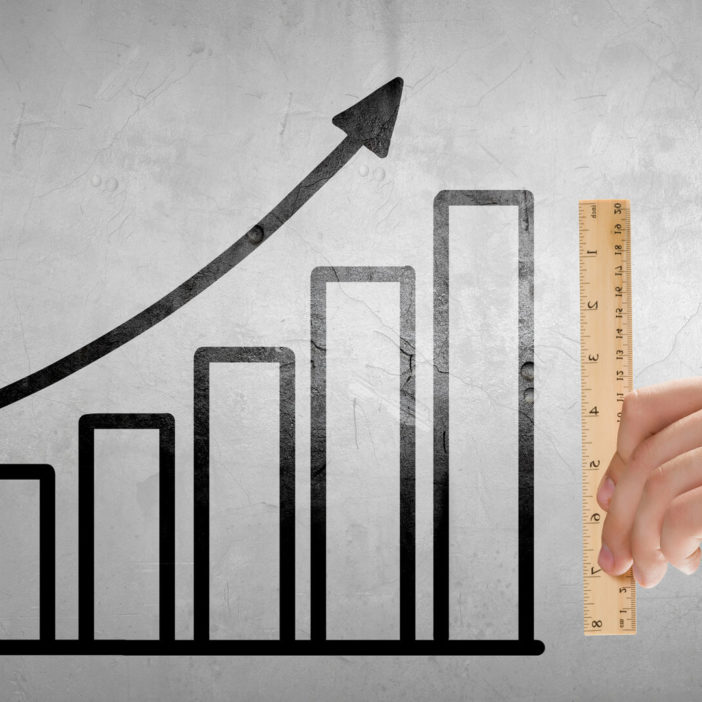For most brands, marketing doesn't follow a single stream. You might have dozens of simultaneous campaigns running, but which of these is actually driving revenue? Sure, some might demonstrate stunning click-through numbers, but that doesn't always translate directly into a sale.
Even when they do generate a sale, that's a short-term measurement that doesn't tell the whole story of campaign performance. You don't just want marketing that gains a single conversion. You want marketing that builds relationships, engages with customers and ultimately, makes more money for your business.
That is where lift or incremental analysis comes into play.
Lift Analysis: Explained
Lift analysis doesn't just look at performance as an isolated number. With lift, you compare a specific metric to the baseline performance. For example, you can see improvement in re-engagement using a specific campaign. But, you can see that performance compared to a control group, giving insight into actual performance. This helps eliminate coincidental campaigns that deliver shorter-term value, or spikes that are unrelated to your marketing efforts.
By using a control group that doesn't see the new campaign materials, you can make direct comparisons about performance, and get a better idea of where to focus your mobile marketing in the future.
Lift Analysis in the Real World
In-app marketing drives engagement, but not all messaging shows the same results. When done well, this strategy boosts revenue, but some messaging can actually cause a downturn if not managed properly.
That's why lift analysis uses A/B testing to determine the best ways to engage with existing and previous users. Just remember that a control group is an essential part of actually measuring impact. Here are a few examples.
If you have an upcoming sale, you might run an ad that offers a 25% discount. When using lift analysis, you'll have a control group that doesn't get the special offer, one group that receives the offer using one message, and another group that gets the same offer using different messaging.
Control group: no message
Group A: Grab your favorite pair of winter boots at 25% off with this code: SAVE25. Don't miss out on your size and treat yourself.
Group B: Pull on a new pair of cozy winter boots and spend less with code HAPPY25. Update your wardrobe or grab the perfect gift to finish up your holiday list. Shop now!
If the control group demonstrates a conversion rate of 3%, that's your baseline. If your messages don't generate more conversions, they aren't doing their job. Plus, you need to generate significant lift to make up for the lower margin.
When you look at the analytics, maybe Group B outperforms group A. You could see a conversion rate of 12% on the Group B message. If Group A is only performing at 2.5%, that means it isn't hitting the target and you can drop it.
Remember to Take Your Time
However, before you make any concrete decisions, remember that performance is rarely static. If you only measure the impact for a single day, you are unlikely to get real, usable data. Lift is only a measurable phenomenon over time.
Group B might outperform Group A over the first couple of days, but what about the next two weeks? For actionable information, you need to give your testing enough time to remove spikes and smooth out the growth curve.
Key Takeaways
No two mobile marketing campaigns deliver the same value, so it is important to get under the hood and take a deep dive into performance. Simply generating clicks doesn't do much for your bottom line. When measuring actual value for your business, you want metrics that demonstrate the ability to drive real revenue. You want lift analytics and continual incremental testing to add value to every campaign. Plus, lift analytics are an important element to predictive analytics, which is the next-gen for modern businesses. Not just reacting to changes, but anticipating changes and taking proactive steps.

